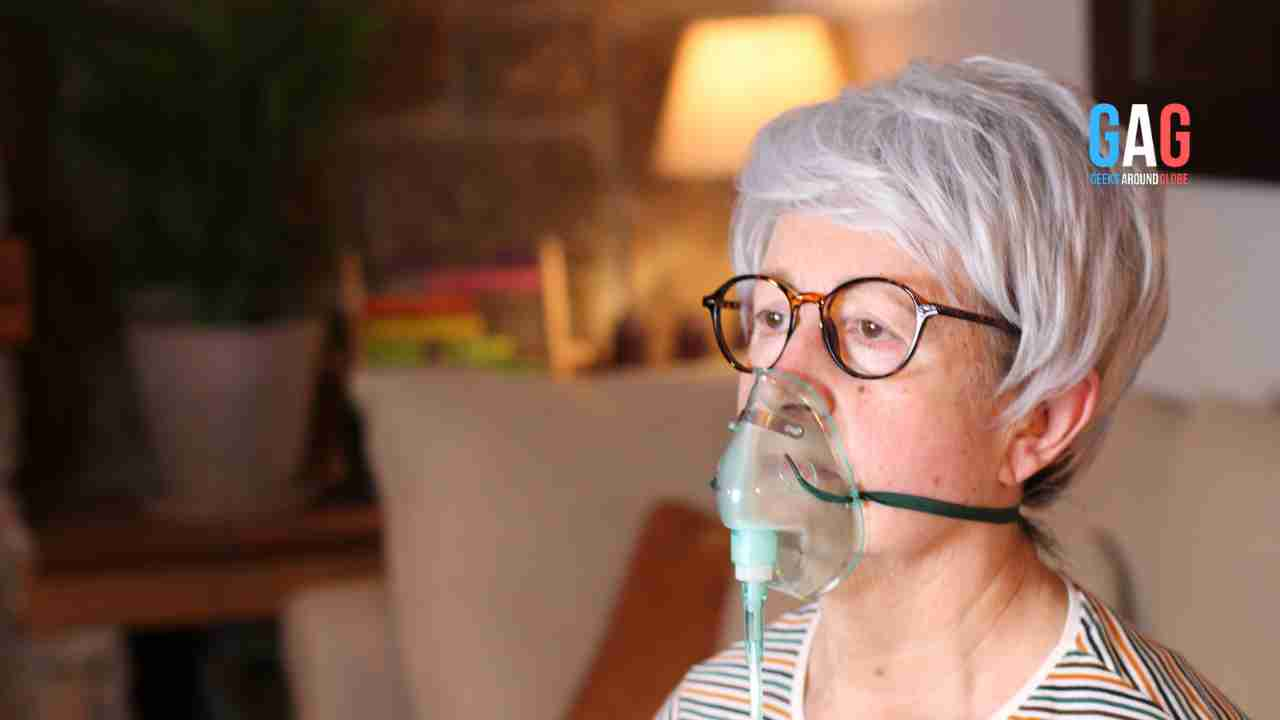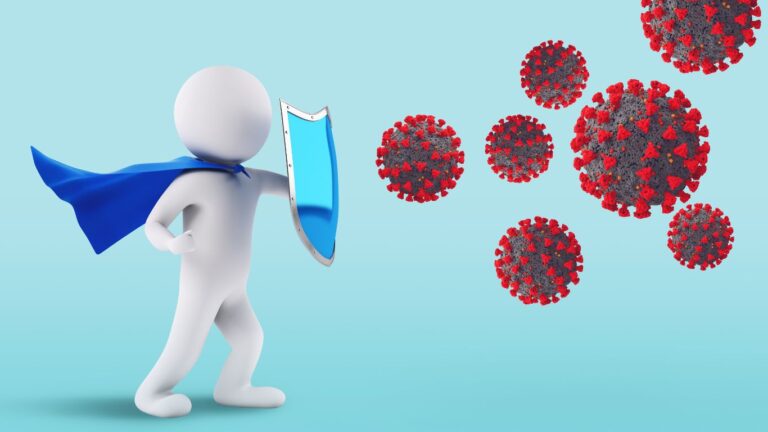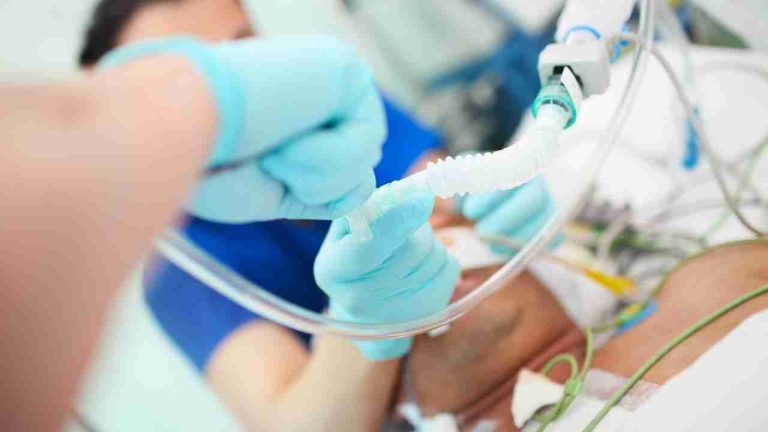Oxygen: the life-sustaining element we all take for granted. Our body’s cells and tissues require this vital gas to function and survive. But what happens when we don’t get enough of it?
Enter oxygen therapy—a medical treatment designed to elevate the levels of oxygen in our bloodstream. This article demystifies the concept of oxygen therapy, exploring its benefits, procedure, and various applications.
What is Oxygen Therapy?
Oxygen therapy, at its core, is a therapeutic treatment that provides an individual with extra oxygen. While many of us receive ample oxygen through the air we breathe, certain medical conditions and situations may decrease the amount of oxygen that reaches our cells and tissues.
In these instances, oxygen therapy steps in as a savior, ensuring the body gets the oxygen it needs.
The Oxygen Therapy Procedure: How Does it Work?
Understanding the oxygen therapy procedure is fundamental to grasping its significance and effectiveness. Here’s a step-by-step breakdown:
- Evaluation: Before undergoing oxygen therapy treatment, a patient often undergoes a blood test known as arterial blood gas analysis. This test determines the oxygen level in the blood.
- Source of Oxygen: Medical oxygen, a pure form of the gas devoid of impurities, is used for therapy. This oxygen can be sourced from oxygen tanks or concentrators.
- Delivery: Oxygen can be delivered to the patient in various ways. Common methods include nasal prongs, face masks, and transtracheal delivery (directly into the windpipe).
- Monitoring: During therapy, a patient’s oxygen levels are continuously monitored, ensuring they stay within the desired range.
Unveiling the Oxygen Therapy Benefits
Oxygen therapy, although seemingly straightforward, holds a treasure trove of advantages, especially for those grappling with certain health conditions. Let’s explore some of the profound benefits it offers:
Improving Oxygen Saturation
When we breathe, oxygen from the air fills our lungs and is then transported to the rest of the body by our blood. Oxygen saturation is a measure of how much oxygen the blood is carrying compared to its maximum capacity.
In conditions where this saturation drops, oxygen therapy ensures that the blood carries an optimal amount of oxygen. This helps in maintaining the efficient functioning of cells, muscles, and tissues, ensuring the body remains energized and the metabolic processes occur without hitches.
Relief from Breathlessness
For individuals contending with conditions such as chronic obstructive pulmonary disease (COPD), the sensation of breathlessness can be all too familiar and overwhelming. Simple activities like climbing stairs or even a leisurely stroll can become daunting tasks. This is where the magic of oxygen therapy comes into play.
Oxygen treatment acts as a breath of fresh air, quite literally. It can alleviate the relentless sensation of breathlessness, offering a lifeline to those who yearn for a moment of respite from the struggle to inhale and exhale.
Heart and Organ Support
Our vital organs, including the heart and brain, are the unsung heroes of our body’s orchestra. They work tirelessly behind the scenes, ensuring that everything runs smoothly. However, they have one critical requirement – a steady supply of oxygen.
Think of oxygen therapy as their loyal supporter in the wings, ensuring they receive the oxygen they need to carry out their vital functions. By doing so, it not only supports their health but also contributes to their overall well-being.
Support During Surgery
Surgeries, especially those requiring general anesthesia, can be a daunting experience for both patients and medical professionals. One of the potential challenges during surgery is a drop in a patient’s oxygen levels. This is where oxygen therapy steps in as a guardian angel.
By administering oxygen therapy during surgery, healthcare providers ensure that the patient’s tissues receive an ample supply of oxygen. This not only promotes healing but also offers reassurance to both patients and their caregivers, knowing that their well-being is in safe hands.
Wound Healing
Wounds, particularly those with compromised blood circulation, often need a little extra TLC to heal effectively. Enter oxygen therapy as a catalyst for faster and more efficient wound healing.
Picture it as a nurturing hand that helps wounds knit together seamlessly. By increasing oxygen levels in the area, oxygen therapy becomes a valuable tool for supporting the body’s natural healing processes.
The Many Faces of Oxygen Therapy: Applications
One of the most remarkable aspects of oxygen therapy is its versatility, finding application in various scenarios where it proves invaluable:
Chronic Respiratory Diseases
For patients grappling with conditions like COPD, emphysema, or pulmonary fibrosis, the struggle to breathe can be a daily battle. Regular oxygen therapy becomes a trusted ally in managing these conditions effectively. It’s like a constant, reliable companion, offering relief and support with every breath.
Asthma
In the midst of a severe asthma attack, the lungs can feel like they’re caught in a storm. Oxygen therapy comes as a calming presence in this storm, ensuring that the lungs receive the precious oxygen they need to regain their composure.
Pneumonia
Pneumonia, a lung infection, can temporarily compromise the lungs’ ability to transfer oxygen to the bloodstream. Oxygen therapy, in this scenario, acts as a bridge over troubled waters, helping to ensure that the body’s oxygen supply remains uninterrupted.
Sleep Apnea
Imagine a night’s sleep without the constant interruption of pauses in breathing – that’s the promise of oxygen therapy for individuals dealing with sleep apnea. It ensures a peaceful night’s rest, allowing the body to receive a continuous supply of oxygen.
Heart Failure
In certain types of heart failure, the heart struggles to pump blood effectively, leading to reduced oxygen supply to the body. Oxygen therapy acts as a beacon of hope, alleviating symptoms and offering much-needed support to the heart in its time of need.
Emergencies
In life’s most critical moments, oxygen therapy often plays a pivotal role in recovery. Whether it’s a case of carbon monoxide poisoning or a near-drowning experience, oxygen treatment acts as a lifeline. It reverses the perilously low oxygen levels in the blood, giving the body a fighting chance to bounce back from adversity.
In Conclusion
Oxygen therapy, while a straightforward concept, holds monumental significance in the world of medicine. Whether it’s aiding a patient through a severe asthma attack, helping wounds heal, or ensuring optimal recovery post-surgery, oxygen therapy benefits are myriad and undeniable.
If you or a loved one are considering oxygen therapy, it’s crucial to discuss it with a medical professional. They can provide guidance on the procedure and determine its suitability based on individual health conditions. Remember, while oxygen is all around us, its therapeutic application is a science that can enhance health and save lives.







